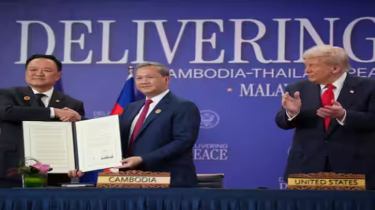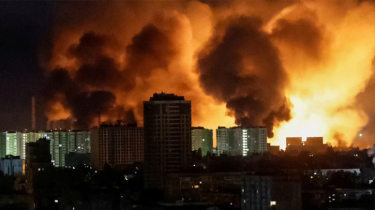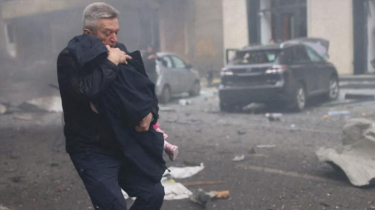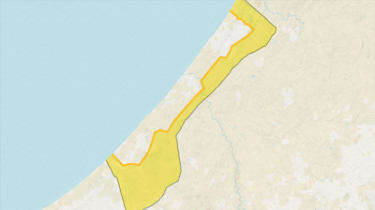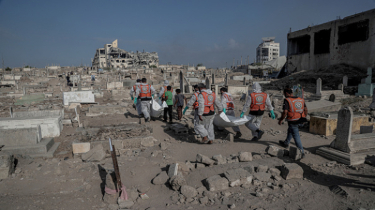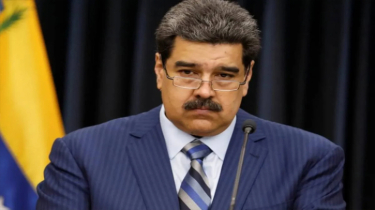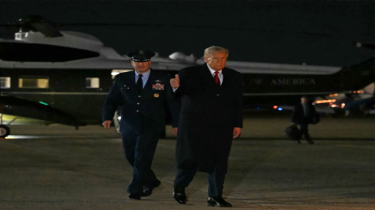Yellow Line, Red Flags: Why Gaza’s ‘Temporary’ Ceasefire Boundary Is Raising Fears of a New Border
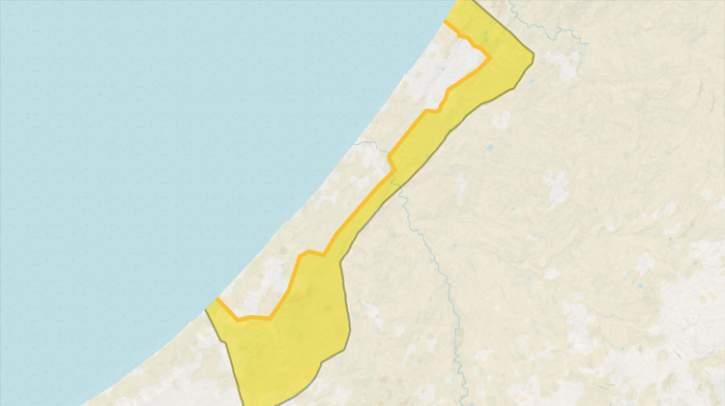
Published : 00:56, 27 October 2025
Weeks into the latest truce, a “Yellow Line” carved across Gaza is drawing growing alarm from Palestinians, aid agencies, and regional diplomats who fear a stopgap ceasefire boundary is hardening into a de facto border.
The line, physically marked with yellow-painted concrete posts and signs by Israeli forces, tracks the positions to which the IDF pulled back under the October 10 ceasefire.
But its entrenchment, strict enforcement, and the slow pace of subsequent withdrawals are fueling warnings that Gaza could be left permanently partitioned.
What the Yellow Line is and why it matters
The boundary is a highly visible demarcation of the IDF’s forward positions, with new concrete markers and signage that formalise where troops say they will hold while talks proceed.
The visible infrastructure and aggressive enforcement around the line, combined with stalled diplomacy, are prompting concerns that a “temporary” buffer is evolving into a long-term separation that would lock hundreds of thousands of displaced people out of their homes and reshape Gaza’s internal geography.
Signals of permanence
Analysts and field reporting point to several factors: the physical marking of the line; reports that some markers sit deeper into Gaza than initially indicated in ceasefire maps; and continued restrictions on movement and returns across the divide.
These developments, they warn, could amount to a creeping redrawing of control on the ground even without a formal annexation.
Humanitarian and civilian impact
Access across the line remains tightly controlled, complicating returns for displaced families and obstructing aid pipelines that the truce promised to expand.
Despite commitments to surge assistance, aid groups say only a fraction of expected trucks are getting in, with items from medical supplies to shelter materials still blocked and key crossings remaining closed.
That bottleneck has deepened food insecurity and delayed repairs to essential services.
Where does the diplomacy stand
The ceasefire blueprint envisioned phased withdrawals and movement toward a broader political track, but Israeli domestic politics and unresolved security demands, particularly over withdrawal lines and control of strategic corridors, have slowed the transition to the next phase.
Past debates over the Netzarim and Philadelphi corridors underscored how interim military geography can constrain negotiations and shape facts on the ground.
What to watch next
• Whether markers are removed or pushed back as talks advance, or instead multiplied and fortified.
• Any relaxation of movement restrictions across the line for civilian returns.
• Concrete increases in daily aid volumes and openings of additional crossings.
• Independent monitoring and verification of the line’s position versus ceasefire maps.
The Yellow Line was sold as a holding pattern to enable a fragile truce. Without rapid, verifiable steps toward broader withdrawals and civilian access, it risks becoming Gaza’s new internal border by design or by drift.
Sources: The Guardian; Times of Israel; The New Humanitarian; Anadolu Agency; Al Jazeera; Reuters.
BD/AN




